“Whenever children say ‘let’s pretend’, a new landscape of possibilities is revealed. When children pretend, they try on new feelings, roles and ideas. They stretch their minds along with their imagination.” Curtis & Carter
A gentle purr or a happy neigh is all it takes for children to become their favourite animal for the morning. Using clay or playdough, they can carefully craft cakes or muffins (just like Nana makes!) and set up a shop to sell their wares. Using small world resources such as leaves, sticks, and stones, children can recreate an experience they’ve had. With scarves, hats, or costumes, they’ll present fairy tale plays to entertain their toys or family members.
Dramatic, imaginative, pretend, or role-play are just some of the ways to describe how children re-enact scenarios they’ve observed or experienced to make sense of the world around them and their place within it. Not only do children naturally gravitate towards dramatic play, but it also fires up their creativity, improving their social-emotional and physical development and creating meaningful learning experiences.
The benefits of learning by doing
"Play gives children a chance to practice what they are learning." Fred Rogers
Vygotsky's theory of cognitive development is based on the idea that social interaction and imaginative play significantly contribute to children’s cognitive development. So, when children socially interact with someone they can learn from (skilled educators, parents, or other children) and discover and create meaning from their experiences, it is essential learning. Vygotsky called this ‘collaborative or cooperative dialogue’, where a child will:
- Observe the behaviours of the other person
- Follow the verbal instructions
- Emulate what they observe while trying to understand the instructions they receive
- Learn to apply the experience to their own lives.
Structured and unstructured dramatic play
Both structured and unstructured dramatic play is essential for children’s emotional and social development and offers teachable moments to resolve conflict. So, what’s the difference?
- Structured dramatic play has a pre-determined set and desired result, so a parent or teacher will develop a scenario for the children to play into. This is useful for improving children’s confidence, active listening skills, communication, and cooperation.
- During unstructured dramatic play, children have the freedom to select roles and play out scenarios. This kind of play builds meaningful learning such as imagination, creativity, and empathy.
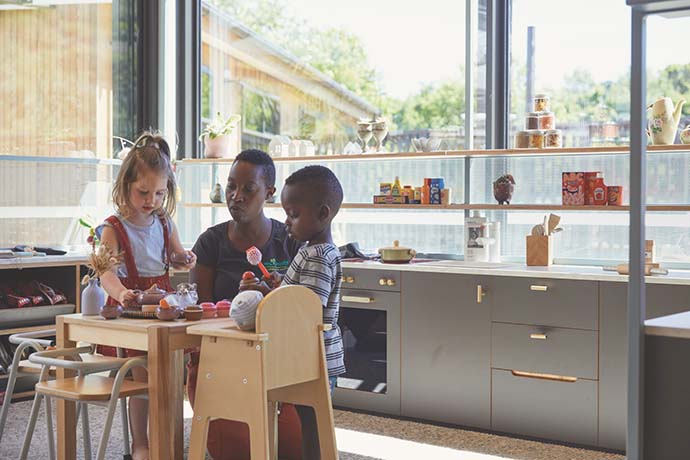
New Shoots Children Centre, Greenhithe, Amanda Aitken Photography.
Dramatic play thrives when we consider:
- Learning through play is the most productive way for children to learn.
- Social-emotional and physical development improves through dramatic play.
- Small world play is an unlimited source of creativity.
- Children naturally gravitate towards dramatic play.
1. Learning through play
Play is the best way for children to learn because it’s engaging and fun, even more so when self-initiated and directed.
Children need time to immerse themselves in imaginative play. As parents and educators, we need to create an environment where children can be independent of adults and led by their imagination. While an hour of pretend play may not seem essential, it offers proven benefits in children's cognitive learning.
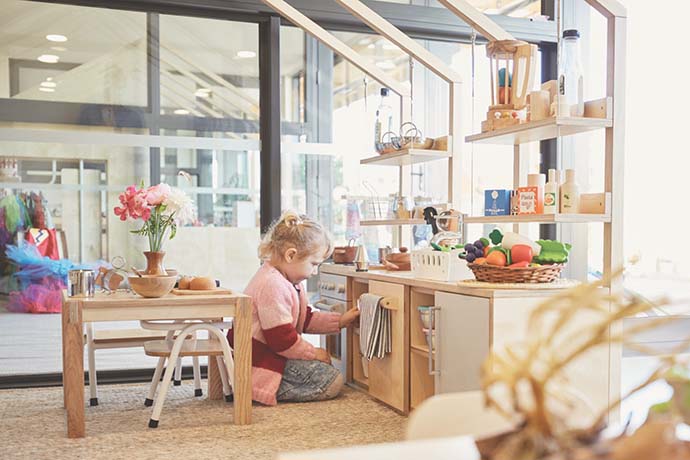
New Shoots Children’s Centre, Bayfair. Photo by Amanda Aitken Photography.
Children use dramatic play to explore language, literacy, and mathematical concepts through real-life re-enactments, learning collectively through play.
For example, imagine a group of children setting up a grocery shop:
- Children will communicate with each other, using verbal connections to explore the roles required.
- Basic reading and writing skills are used to create lists, notes, and signs to further communicate with peers, practising mark-making skills they have learnt through their everyday environment.
- Mathematical concepts are used to value products and perform the checkout process.
- Children will actively use their problem-solving and negotiation skills.

Lou’s Brews was set up using mostly things found around the house, in the pantry, garage and even the beach. This play involved costing, deal-making, and a lot of coffee drinking.
The brain of a child develops at a rapid pace, with synapses continuously firing and creating neural pathways. Mental connections between two pieces of detail form a pathway, for example, the shape of an orange is round and the colour orange. Or connecting sounds as actions occur, moving, or dropping items. Dress up, and other forms of dramatic play exercise these pathways because they allow children to recreate the events that made them. Children start to recognise and connect what they see. For example, Mum or Dad may wear earmuffs or overalls while working in the garden, so the child explores the action.
"Play is the highest expression of human development in childhood, for it alone is the free expression of what is in a child's soul." Friederich Froebel
2. Social-emotional and physical development benefits
By exploring everyday life situations, children make sense of their families, communities, and world. They explore their feelings, control their own identity, and learn empathy and self-regulation as they are motivated to follow the rules of play in collaboration with others.
Children connect to their community by re-enacting recognisable people, e.g. doctors, police officers, and firefighters, exploring these roles in their own experiences.
Through dramatic, role, or imaginative play, children can explore and learn to socially bond, respect others, communicate, and balance personal emotions. They are developing cognitive, social, emotional awareness and understanding of communication skills. By re-enacting experiences they have absorbed in their daily lives (positive and negative), children begin to understand complex emotions and fears, helping them make sense of the world.
How does it improve their physical development? Dressing up activities offer countless opportunities for motor-skill practice, and by repeating these in play, children gain greater control over their body movements. Fine motor skills include gripping a tool, spoon, or spatula, and for younger children, practising fastening buttons or opening zips and buckles. The very nature of getting dressed gives children an opportunity to use their larger gross motor skills ie: locating armholes and putting their arms into shirts.
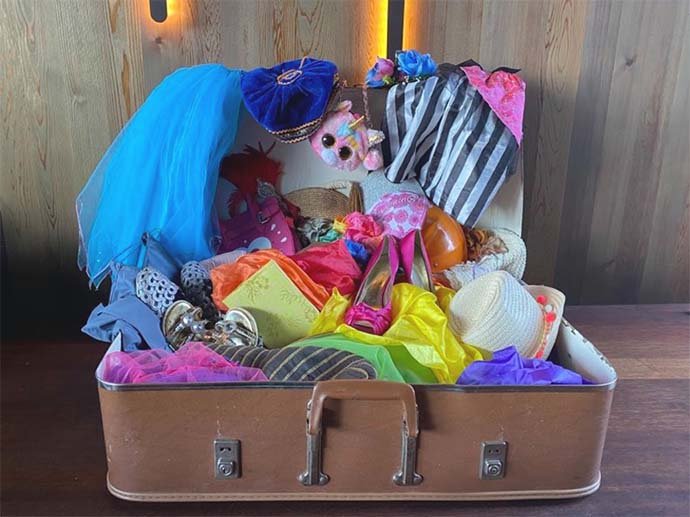
Dramatic Play props can be displayed in many forms to invite children to play. A blend of ordered display and overflowing baskets or suitcases are an opportunity for children to explore.
3. Engaging with a small world
Small world play is acting out scenarios (scenes from real-life, stories and/or imagination) in a miniature play scene, created with small figures and objects.
Children can learn almost anything when interacting with small world resources. By freely connecting and acting out situations and assuming different roles as they imitate their view of the world, they reinforce practical life knowledge and skills. Engaging in this play, children develop a sense of belonging, understanding their cultural background, discovering and affirming who they are and where they belong in the world.
Parents or educators can purposefully create a small world activity to:
- Reflect various cultures and diverse communities so children can experience similarities and differences between those around them.
- Heighten children’s understanding and interest in nature by introducing natural elements and resources, bringing all a child's senses into play.
- Create opportunities to sort and classify while extending vocabulary and language skills using descriptive language. Children are natural explorers and investigators, curious and creative – small world scenarios will inspire their questioning and reasoning.
- Develop confidence for those who have difficulty sharing how they feel. Speaking through the voice of an animal, small world figure, or a puppet supports language development while building confidence.
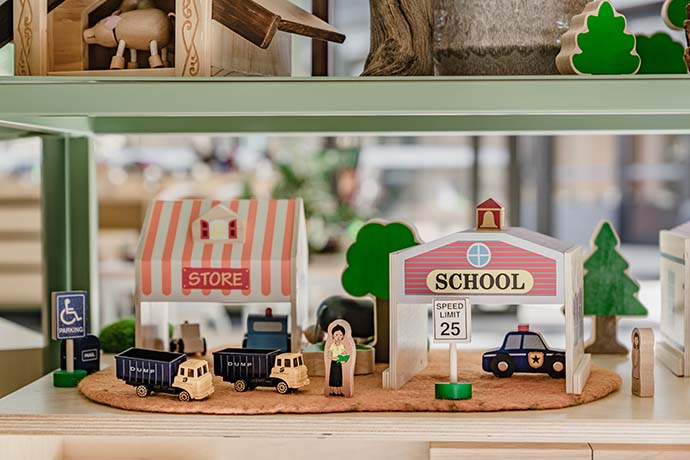
Small world scene set up to engage children in exploring their community. Photo by Kelvin Lim Photography at New Shoots Children’s Centre, Greenhithe.
4. Children naturally gravitate toward dramatic play
Children need little inspiration and motivation to join in on a game of dramatic play. However, there are ways to encourage more self-initiated and self-directed play in our early years' environments. For example:
- A dress-up box full of scarves, hats, and other props, can be used as costumes. Keep it open-ended and simple to let their imaginations run wild!
- If space allows, create a defined area for dramatic play. Fill the space with a variety of props and loose parts to encourage unstructured and open-ended play. It’s crucial to enable children to take the time to create, imagine and initiate, and explore their dramatic play with the necessary time to do so.
- An outside mud kitchen connected to a source of water will immerse children in the natural environment and open up possibilities for children to explore mathematical concepts as well as unlock their imaginations. A variety of vessels and bowls will allow children to collect and mix up their concoctions.
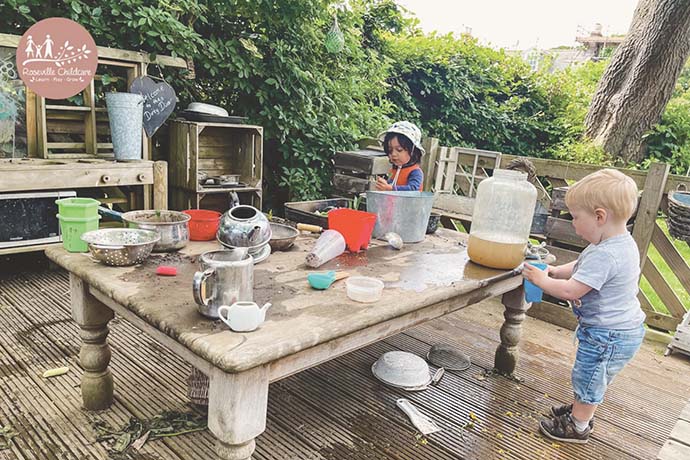
Imagine mixing up your potions in this mud kitchen full of up-cycled objects that allow creativity and dramatic play to thrive. Image via Roseville Childcare, United Kingdom. Photograph by Emma Smith.
"We are never more fully alive, more completely ourselves, or more deeply engrossed in anything than when we are playing." Charles Schaefer.
Curated selections of open-ended, well-ordered materials displayed thoughtfully will go a long way in supporting creativity to thrive. The Dramatic Play filter on Enspirement will unlock inspiration that encourages a new world for our children to explore and make familiar. You’ll also find endless ways to inspire your child’s imagination at our online store, Source, or immerse yourself in our Dramatic Play articles and blogs.
 Angela Foley
Angela Foley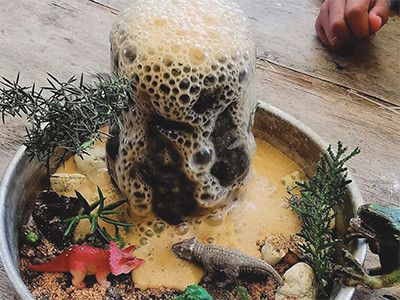
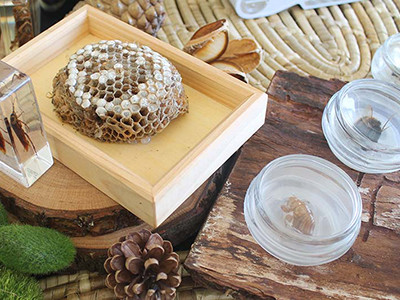
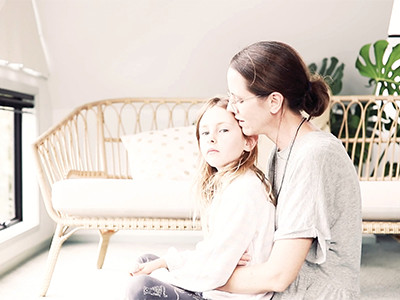
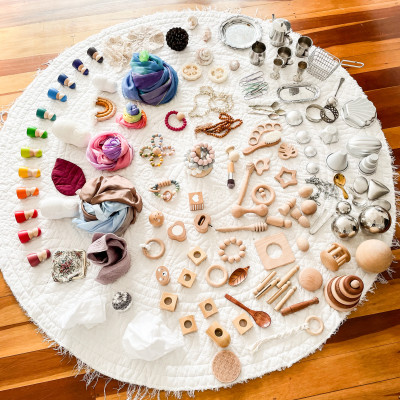
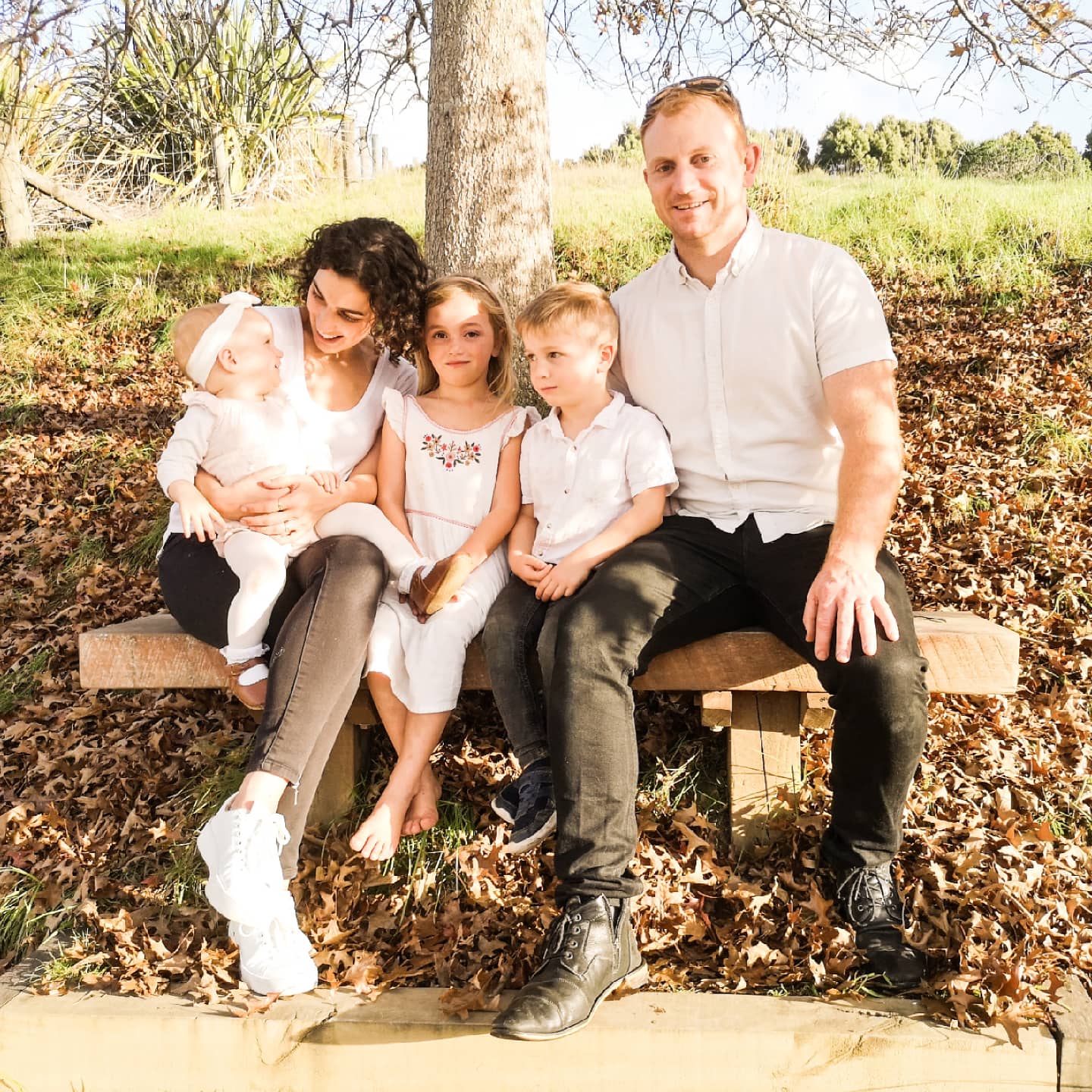 Lucie Kinzett
Lucie Kinzett
 Jade Leigh Kelly
Jade Leigh Kelly